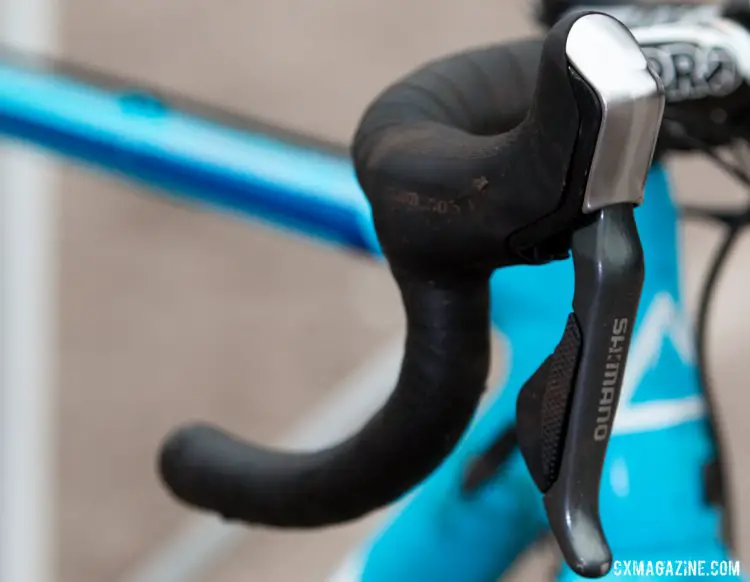Last week's Mechanical Monday examined the 14 myths of using tubeless tires for cyclocross, offering a guide for the pros and cons of one of the best alternatives to using tubular tires. Today we move from the rubber to the rotor. With companies such as Cannondale and Ridley who have moved towards an all-disc brake lineup, the move to disc brakes in cyclocross has never been more apparent, only emphasized by the riders near or on the podium in Tabor who rode with disc brakes.
Looking to join the ever-growing legions of hydraulic disc brake users, but have questions on maintenance for the road bike systems? For today's Mechanical Monday, we have reached out to SRAM, Shimano and TRP to ask them about some of their best practices of maintaining their hydraulic brakes on cyclocross or gravel bikes.





























